Retro Replay Review
Gameplay
Ultima VII: Part Two – Serpent Isle retains the core real-time, point-and-click mechanics that made The Black Gate a hallmark of the series, but adds new twists in both inventory management and party interaction. The Avatar’s companions remain under AI control, allowing you to focus on positioning and timing during combat, while subtle refinements to the inventory system—such as easier stacking of reagents and improved item descriptions—streamline your adventuring life. Spellcasting, too, feels more intuitive, since you can now bind frequently used runes to hotkeys.
(HEY YOU!! We hope you enjoy! We try not to run ads. So basically, this is a very expensive hobby running this site. Please consider joining us for updates, forums, and more. Network w/ us to make some cash or friends while retro gaming, and you can win some free retro games for posting. Okay, carry on 👍)
The game’s structure is more deliberately linear than its predecessor: in order to cross into each new region of Serpent Isle, you must complete a series of tightly scripted tasks. This ensures you witness key story moments and philosophical puzzles at just the right time, but it can also feel restrictive for players who loved the almost total freedom of the first chapter. Nevertheless, the island is vast and packed with hidden shrines, side-quests, and lore to uncover—rewarding those who take the time to explore every cave, swamp, and ruined temple.
Puzzles in Serpent Isle often demand mastery of the three serpent philosophies—Order, Chaos, and Balance—and encourage players to think beyond simple fetch quests. Whether you’re deciphering serpent glyphs or balancing endemic life forces, these challenges bend the rules of the engine in clever ways. Combat remains straightforward but brutally tactical when facing the island’s mutated wildlife and guardian constructs; proper party positioning and rune usage can mean the difference between triumph and a forced trip back to the last inn.
Graphics
Visually, Serpent Isle leans heavily on the same tile-based engine introduced in The Black Gate, which means familiar vistas of flat-shaded terrain and 2D sprites with limited animation frames. Yet, through a richer color palette and more detailed environment tiles, Origin managed to evoke the oppressive, decaying beauty of a land out of balance. Mists swirl in marshes, serpents coil around ruined obelisks, and the once-vibrant jungles now appear brooding and haunted.
The most noticeable upgrade comes in the form of digitized NPC portraits. Gone are the hand-drawn faces of the past; in their place stand full-color images of actors in elaborate costumes. These portraits add personality and gravitas to key characters, from a wind-wanderer hermit to a stoic guardian of Chaos. While the style can feel a bit jarring against the pixel art world, it imbues conversations with a surprising theatrical flair and helps you remember who’s who.
Subtle ambient effects—flickering torchlight, rustling reeds, even weathered ripple animations on water—enhance immersion, albeit within the technical confines of early ’90s hardware. The UI sees modest tweaks as well: inventory icons are more distinct, and dialogues display more text per screen, reducing the need to flip pages. Though not groundbreaking by today’s standards, these graphical touches hold up well and reinforce the sense of a living, breathing Serpent Isle.
Story
Set eighteen months after The Black Gate, Serpent Isle picks up threads that fans have longed to follow: Batlin, the leader of the Fellowship, has mysteriously vanished, and Iolo’s beloved wife Gwenno is missing as well. When a cryptic map surfaces pointing to the legendary Serpent Isle, Lord British dispatches the Avatar and companions to investigate—only to find a land warped by ancient sorceries and philosophical turmoil.
The narrative is more linear and extensively scripted than previous Ultima installments, ensuring that you experience its key twists—betrayals, revelations, and moral quandaries—in a carefully orchestrated order. This approach amplifies emotional impact, from the chilling discovery of a desecrated shrine to the poignant reunion with a lost friend. Dialogue choices rarely alter the main plot, but they add layers of character depth and occasionally unlock hidden side paths.
At its heart, Serpent Isle is a journey through three intertwined worldviews—Order, Chaos, and Balance—embodied by colossal serpent deities. Learning each philosophy is not only vital for progression but also frames the game’s central theme: true harmony requires embracing opposing forces rather than suppressing them. It’s an ambitious, thought-provoking storyline that stands out amid the treasure hunts and dungeon crawls of its era.
Overall Experience
Ultima VII: Part Two – Serpent Isle remains a remarkable achievement in classic computer role-playing, offering a richly detailed world, a mature, philosophical storyline, and complex puzzles that reward creative thinking. Its deliberate linearity may chafe those seeking open-ended exploration, but the payoff is a tightly woven narrative that seldom loses momentum.
Some puzzles verge on the obtuse, demanding meticulous note-taking and patience, and the dated interface occasionally becomes cumbersome during extended sessions. Yet the sheer scope of the isle—its hidden temples, inscrutable guardians, and elegant moral lessons—makes the game feel like a grand myth unfolding beneath your mouse pointer.
For fans of immersive RPGs, Serpent Isle delivers an unforgettable voyage into a land of serpentine mysteries. Its blend of refined gameplay mechanics, atmospheric graphics, and philosophical depth ensures that Britannia’s darker corner remains one of the most compelling chapters in the Ultima saga.
 Retro Replay Retro Replay gaming reviews, news, emulation, geek stuff and more!
Retro Replay Retro Replay gaming reviews, news, emulation, geek stuff and more!
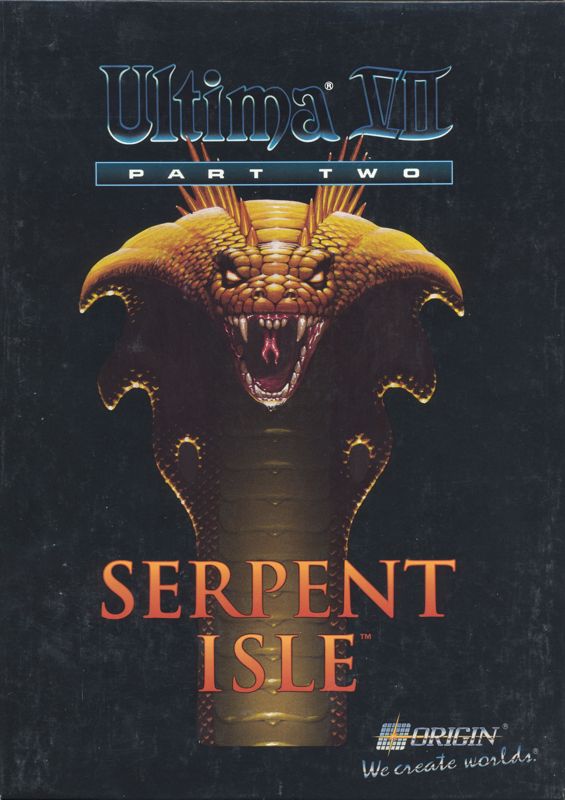
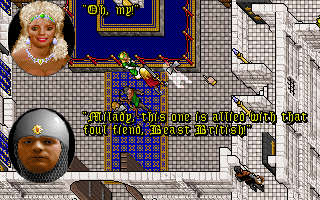
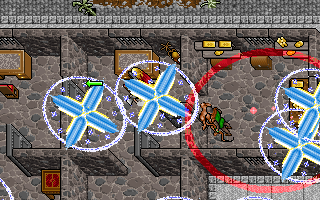
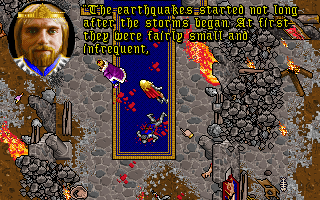
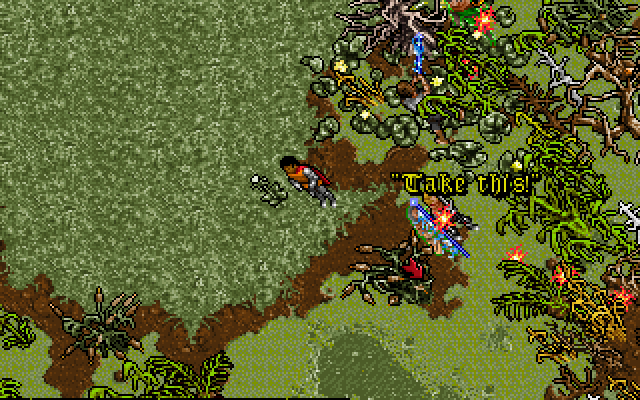
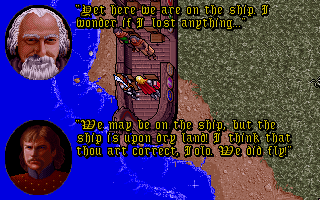



Reviews
There are no reviews yet.